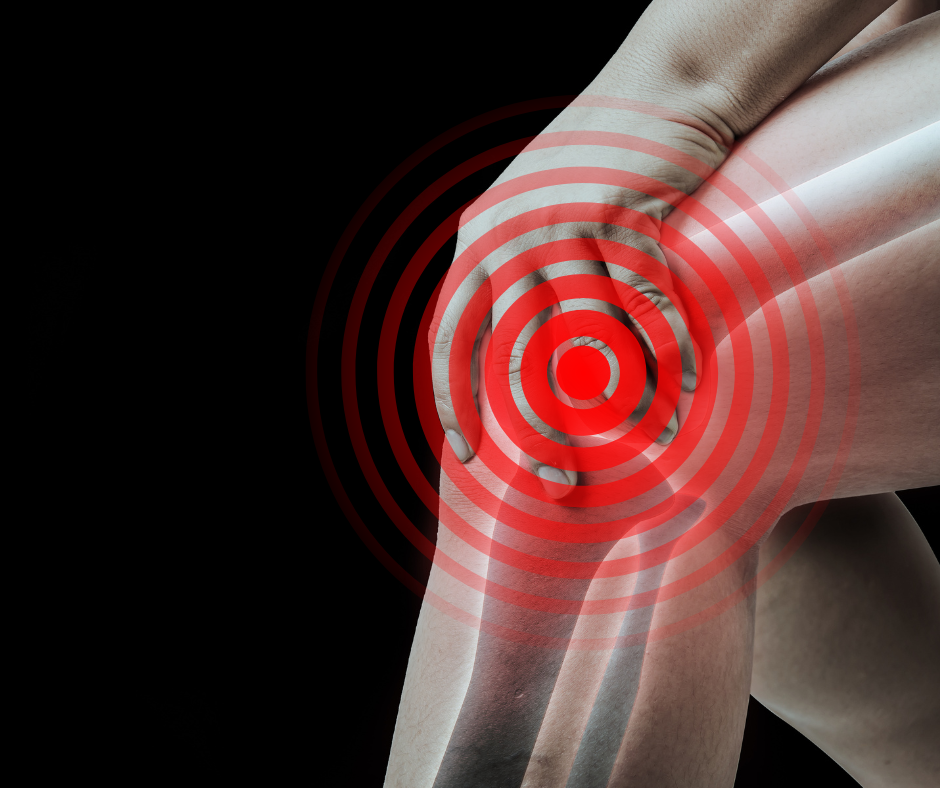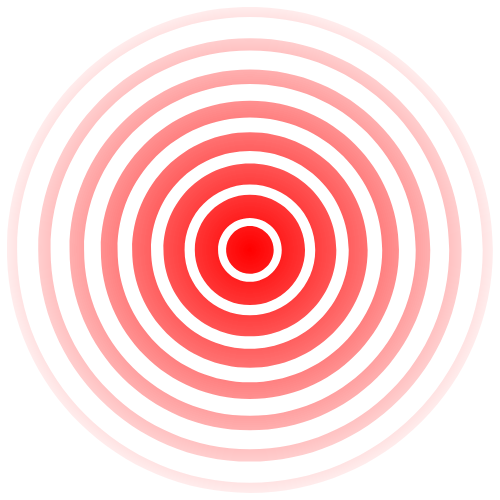Knee Arthroscopy
The arthroscope has revolutionised modern orthopaedic surgery. Frequently referred to as 'keyhole surgery,' it is now a skill that most orthopaedic surgeons have acquired by the end of their training. See the bottom of the page for further details.

Arthroscopy may be performed under local or general anaesthetic and is normally a daycase operation. That is, admission, operation and discharge all take place on the same day. For those coming from further afield, it may be necessary for admission to be the day before surgery, or discharge to be the day after.
Once in the operating theatre, the patient’s skin is prepared with a special antiseptic solution in order to kill the bacteria that live as commensals on all our skins. The leg is then draped with sterile drapes to seal off the operating area from the rest of the body and surgical staff who are not playing a direct part in the procedure.
Then, with a small knife, the surgeon makes a tiny incision (‘stab’ incision) just to the outer side of the patellar tendon (kneecap tendon). Through this incision the arthroscope is introduced, using a series of trocars through a metal cannula, no more than 5 millimetres in diameter. Once the arthroscope has been inserted, a further stab incision is made on the other side of the patellar tendon and through this portal an arthroscopy hook is inserted. The hook is an important instrument. It allows the surgeon to probe suspicious areas, to feel the strength of ligaments, or to reposition loose bodies so they can be more easily retrieved.
The surgeon then makes a thorough inspection of the knee joint, looking into every crevice possible, and then decides on the appropriate operation. This may be a meniscectomy (cartilage removal), or debridement (‘clean-out’ operation), ligament reconstruction, or any number of alternatives. The hook is then removed and more definitive surgical instruments inserted. These instruments may be manually operated, radiofrequency, laser-driven, or powered. The so-called ‘power shavers’ comprise rapidly rotating cutting blades, often with a diameter of less than 3.5 millimetres, that can both cut and suck at the same time. All the cut material is thus rapidly and automatically removed from the joint.
Once surgery is complete, the instruments and arthroscope are removed and the small portal wounds may either be left as they are to heal naturally or may be sutured, stapled, taped, or even glued!
Following discharge it is common for patients to feel discomfort, though not to a great level, for about four weeks. Those for whom osteoarthritis (OA) is the diagnosis can sometimes feel discomfort for longer. In a few cases of OA, pain can persist for several months. For the majority, however, after this four-week period, they are back to reasonable normality, although it can sometimes be up to a month for symptoms to fully settle.
It is common for the knee to be slightly swollen during this period. Sports can be resumed to a limited extent one month after surgery and physiotherapy is frequently encouraged for at least this period. However, it can be anything up to three months following arthroscopy before a knee has fully settled after a knee arthroscopy. On occasion it may take even longer to resolve.
What to expect

-
It is important to walk every day, as this increases muscle, ligament and tendon strength. It will rebuild your muscles that will have become wasted as a result of the painful arthritis, and it will help to increase the density of your bone, preventing osteoporosis.
-
It is important to take good care of your skin, both on the operated site and around the rest of the body. Your skin is a protective barrier against infection and any breach in this barrier could potentially allow infection into the blood supply.
-
Dental hygiene should be a high priority and any abscesses should be dealt with prior to joint replacement surgery. Following knee replacement surgery, it is important that abscesses are treated promptly and comprehensively with antibiotics to stop infection travelling in the blood supply around to the knee joint.
Details

-
-
Deep vein thrombosis/pulmonary embolism (DVT/PE) – blood clots in the veins in the legs or lungs
-
Neurovascular injury – damage to nerves or blood vessels
-
Infection, which can be superficial in the wound or deep in the joint
-
Myocardial infarct (heart attack) or CVA (stroke).
-
Stiffness due to post-op scarring
-
Leg swelling and stiffness – this always occurs to a greater or lesser extent and resolves usually by 4-6 weeks
-
Haematoma (an accumulation of blood around the surgical site that may require drainage.
-
Loss of blood during surgery that may require a blood transfusion.
-
Numbness – pain or itchiness around the outside of the surgical scar. This is normal and resolves with time.
-
Revision surgery which may be required for infection, fracture or wear.
Details

-
What we do
After key hole surgery on the knee you can go home the same day. You can walk around as pain allows. You can drive the following day. Icing and elevation help keep the swelling down. You can debulk the dressing 48 hrs after surgery. Keep the water proof dressing's on for one week. You'll be given an appointment a few weeks later to see me in the clinic.
Details

Each individual’s job should be taken into account and I can discuss this further with you when we meet up. Most patients get back to work 1-2 weeks following surgery.
Details

Follow up
Non Surgical Management
Not every knee problem needs surgery. For many patients, non-operative treatments like physical therapy, bracing, and injections can reduce pain and improve function. Watch a few of the Will Harlow videos.
Also Arthrosamid is a special injection used to treat knee osteoarthritis - a condition where the cartilage in your knee wears down, causing pain and stiffness.
In simple terms:
-
It acts like a shock absorber inside your knee.
-
It cushions the joint, helping you move more easily and feel less pain.
-
It's a non-surgical treatment - just one injection in a clinic setting.
How to Make Every Stretch TWICE as Effect
Welcome to the latest episode of HT Physio Quick Tips! In this episode, Farnham's leading over-50's physiotherapist, Will Harlow, demonstrates how to make every stretch twice as effective! Watch the video.
The REAL Reason You Lean Forward When Walking (50+)
Welcome to the latest episode of HT Physio Quick Tips! In this episode, Farnham's leading over-50's physiotherapist, Will Harlow, reveals the real reason you lean forward when walking! Watch the video.
STOP Stretching Your Groin!
Welcome to the latest episode of HT Physio Quick Tips! In this episode, Farnham's leading over-50's physiotherapist, Will Harlow, reveals what to do instead of stretching. Watch the video.
Further Details
However, the use of keyhole surgery is not new, as long ago as 1806, a device known as the lichtleiter was used, the lichtleiter had two canals, one for the light, normally a candle, and the other a viewing tube. Throughout the 19th century all manner of devices appeared for looking into various parts of the human anatomy. In 1918 a viewing tube normally reserved for inspecting bladders was inserted into a knee joint by a Japanese surgeon – the arthroscope had been born.
An arthroscope is basically a cylinder with a lens at each end. Because this viewing tube is so delicate the device is sheathed by a cannula for protection.
